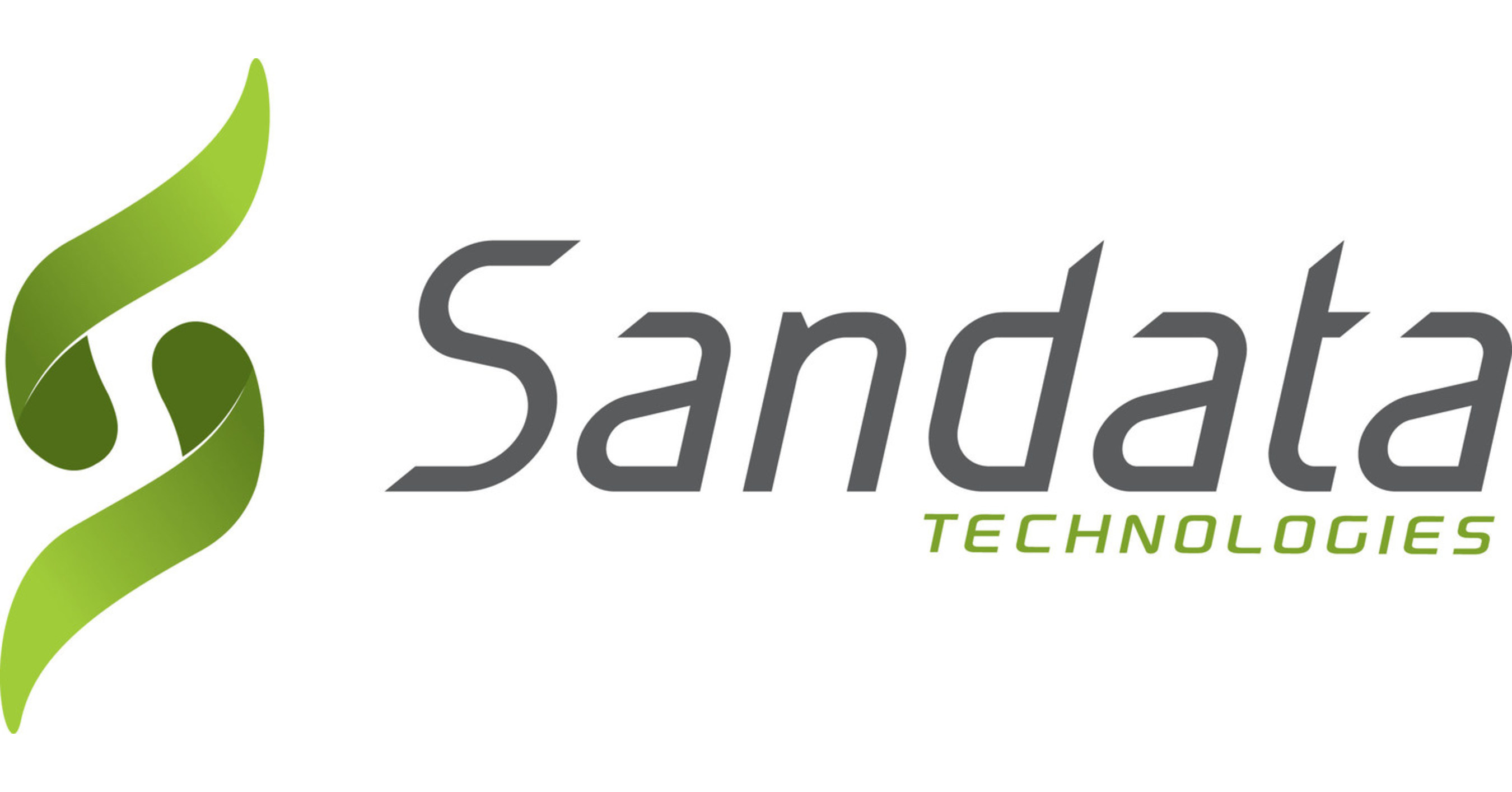Infrastructure bill to be signed by President today. Next up, “Build Back Better”Late Friday night, on November 5th, the House passed the $1.2 trillion infrastructure bill that is a key piece of President Biden's agenda. Following its passage, President Biden, who is scheduled to sign the bill today, described the legislation as a, "once-in-a-generation investment that's gonna create millions of jobs, modernize our infrastructure, our roads, our brides, our broadband, a whole range of things, to turn the climate crisis into an opportunity.” Thirteen Republicans voted to pass the infrastructure bill, while six Democrats voted against it. The bill provides $550 billion in new spending on the nation's physical infrastructure, including roads, bridges, ports, water and rail. It also includes $65 billion for broadband infrastructure deployment and $55 billion for clear water investments. In order to pass the bill, Democrat moderates had to assure progressives that the Party’s larger climate and social initiatives, which are found in the Build Back Better Act (BBB), would be voted on in its current form no later than this week. If the House passes the BBB, it’s still not clear what its fate would be in the Senate, where moderates have threatened to vote against it unless they first have the opportunity to weigh its anticipated impact on the economy following scoring by the Congressional Budget Act (CBO).
Proposed spending targets for the BBB were initially around $3.5 trillion but will likely be closer to $1.75 trillion in order to secure every Senate Democrat vote, which it is anticipated will be required to pass. The legislation would impact almost every sector in the United States and contains multiple policies with direct relevance for home care and hospice. The following is a synopsis of some of the most consequential policies included in the current version of the House BBB legislation (thank you to the National Association for Home Care & Hospice for their analysis). It should be noted that it is almost a certainty that the Senate will make additional revisions. Medicaid Home and Community-Based Services (HCBS) found in the “Better Care Better Jobs Act”) $150 billion to bolster Medicaid HCBS, increasing access to services and supporting direct care workers
Direct Care Worker Training and Support Billions in grant-based programs for states and territories to improve frontline caregiver access to economic and educational supports. Eligible initiatives may include wage subsidies, student loan repayment or tuition assistance, childcare, and other activities that benefit direct care workers. Grants would also be created for use in recruiting, retaining, and advancing the direct care workforce; implementing models and strategies to make the field of direct care more attractive; and improving wages, including through training and registered apprenticeships, career pathways, or mentoring. Hospice and Palliative Care Training Support $90 million for investments to train, educate, and strengthen the specialty hospice and palliative care provider workforce. $25 million would go to funding for broad-based palliative care and hospice education and training, $20 million to palliative medicine physician training, $20 million to palliative care and hospice academic career awards, $20 million to hospice palliative care nursing, and $5 million to dissemination of palliative care information. Paid Family and Medical Leave Beginning in January 2024, all workers would be eligible for up to four weeks of paid leave as new parents, workers dealing with their own serious medical conditions, and workers who need leave to care for a loved one with a serious medical issue. Benefits would be progressive, with lower-income workers receiving higher levels of wage replacement (approximately two-thirds for the average worker). Increases in OSHA Fine Amounts The bill also includes provisions that would:
Major health and care-related provisions that were not incorporated into the House bill include:
|

